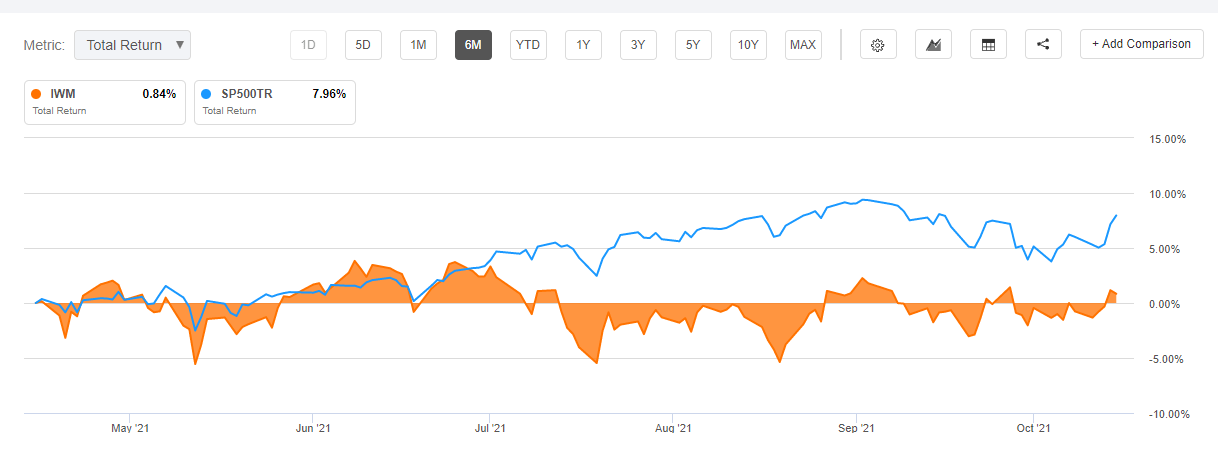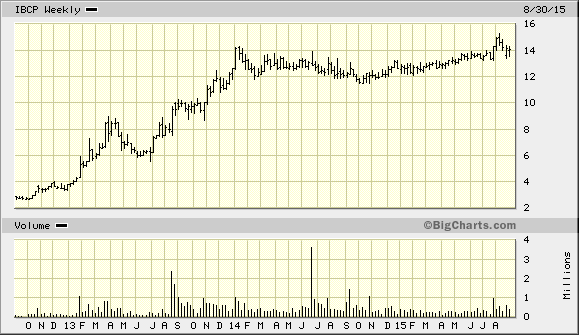


The vast majority of penny stocks have extremely high levels of debt, and it’s rare to see profits among these tiny players. These companies often are in the development phase or have a product that hasn’t quite taken off among its target audience.

Looking at the other end of the spectrum, penny stocks that fall into the micro-cap and nano-cap categories come with incredibly high risk. Although they tend to come with stable growth, dividends, and far less risk than their smaller peers, the opportunity for dramatic, fast-paced gains in value is diminished when a company is already massive.

On the other hand, large-cap stocks do have their drawbacks. After all, Amazon is a household name the company is responsible for about half of e-commerce business in the United States, according to Techcrunch. If you’re like most people, you would be absolutely shocked if you learned that Amazon was filing for bankruptcy or shutting down. However, large-cap stocks like Amazon are very different. When one of these tiny companies folds, few people even notice. Think about it this way: you haven’t heard of most penny stocks. As such, they are the least likely to fail and the most likely to generate stable returns for your investment portfolio. The companies with the biggest market capitalizations earned their positions through strong sales, branding, and an ability to take over their markets. (This is not an indication of Masterworks’ overall performance and past performance is not indicative of future results.) Since 2017, Masterworks has successfully sold three paintings, each realizing a net anualized gain of +30% per work. Market capitalization is a great way for investors to gauge the risk associated with an investment. Sure, market capitalization tells you exactly the size of a company in dollars and cents, but it goes far beyond that. These are the behemoths of the stock market, trading with market caps of more than $10 billion. Finally, most large-cap stocks are also within the blue chip category. These stocks trade with a market cap ranging between $2 billion and $10 billion. Mid-cap stocks are larger, more established companies, but haven’t quite hit the blockbuster stage. These stocks trade with market caps ranging from $300 million to $2 billion. Small-cap stocks are the smallest stocks ahead of penny stocks and are generally traded on traditional exchanges like the NYSE and the Nasdaq. The vast majority of these stocks also trade on the OTC market. The key difference is that these stocks trade with market caps between $50 million and $300 million. Micro-cap stocks are another form of penny stock. These stocks trade with a market capitalization of under $50 million, with the vast majority of companies this size trading on the over-the-counter (OTC) market, meaning they not traded on a large exchange such as the Nasdaq or the New York Stock Exchange (NYSE). Nano-cap stocks are a form of penny stock. Instead, a company’s market cap, or market capitalization, is used to describe the total dollar value of a company.Ĭompanies are grouped together by overall size based on their total dollar value. “Caps” in the stock market aren’t like caps on the top of a bottle - the term doesn’t describe a stopping point or a limit. If you’re just getting started in the world of investing, you may have heard terms like small-cap and large-cap when an investment opportunity is described.


 0 kommentar(er)
0 kommentar(er)
